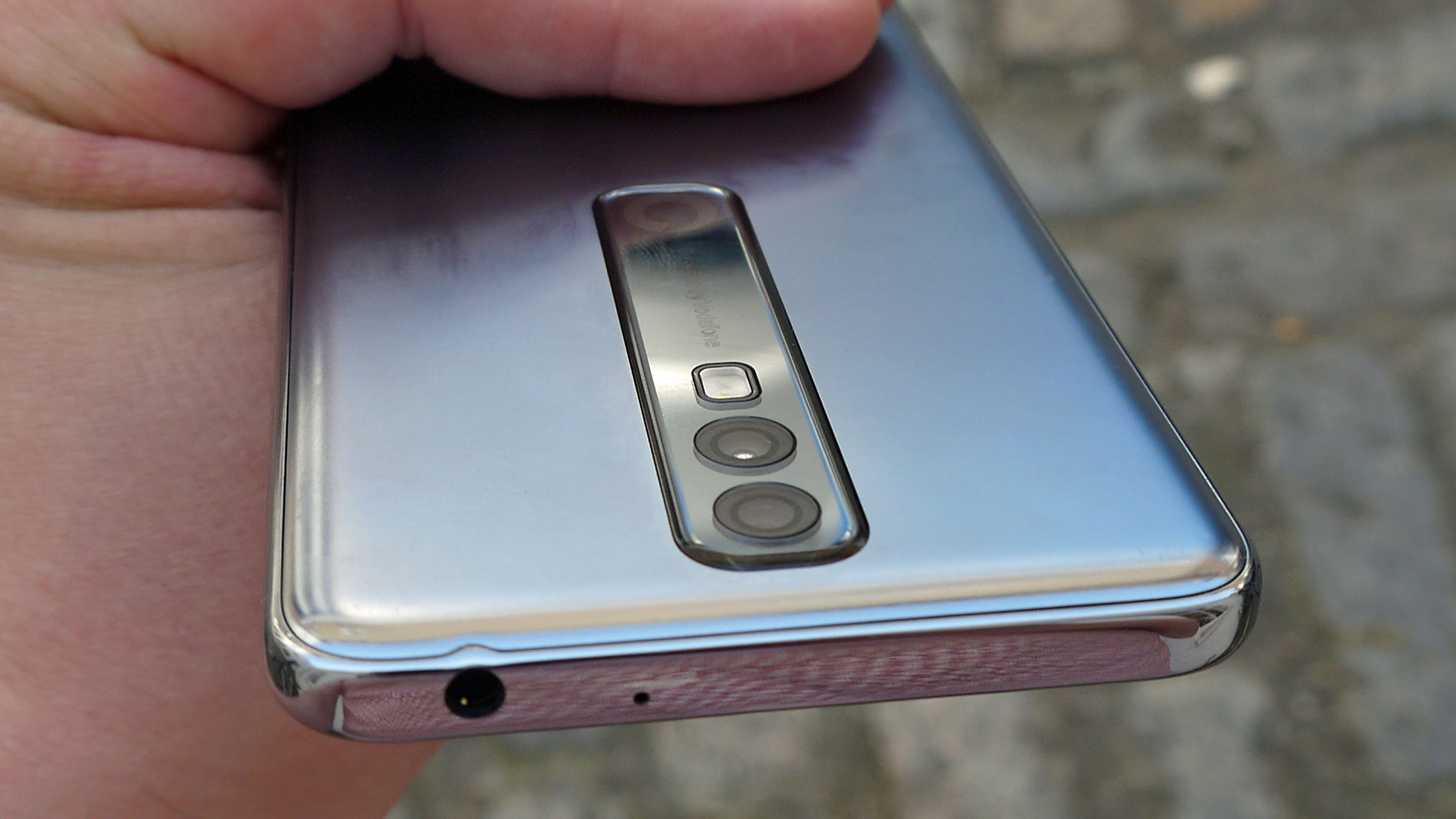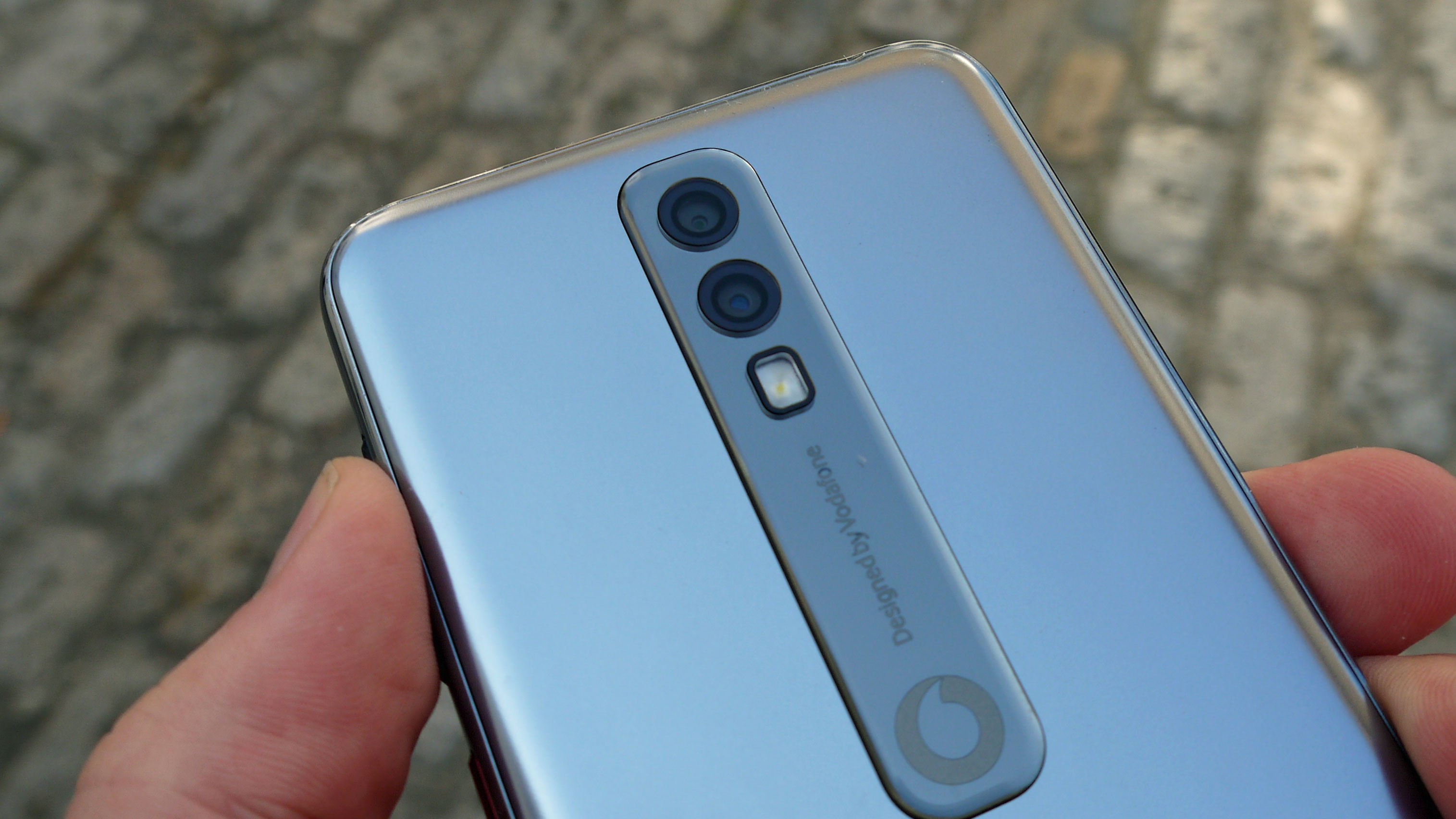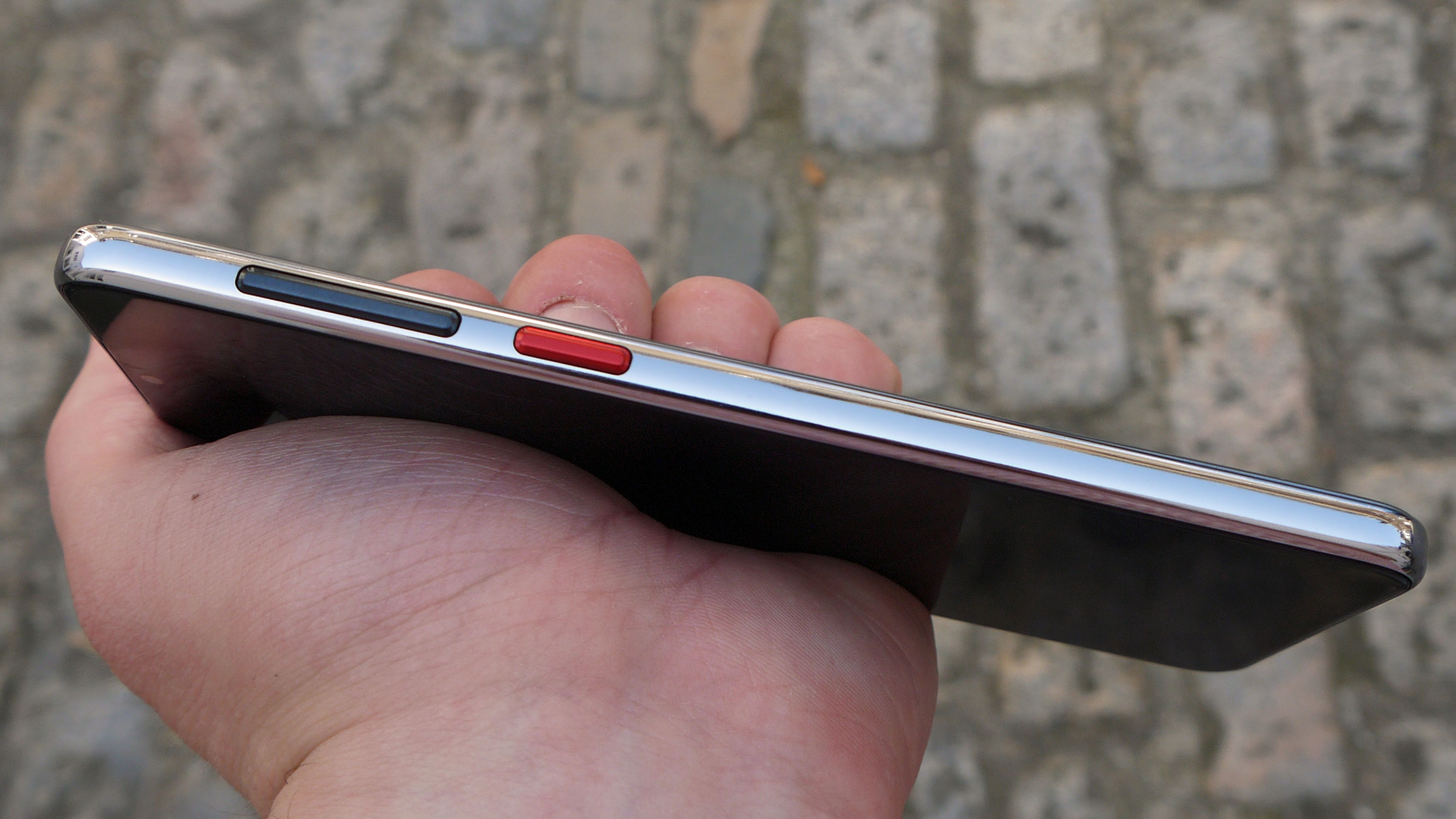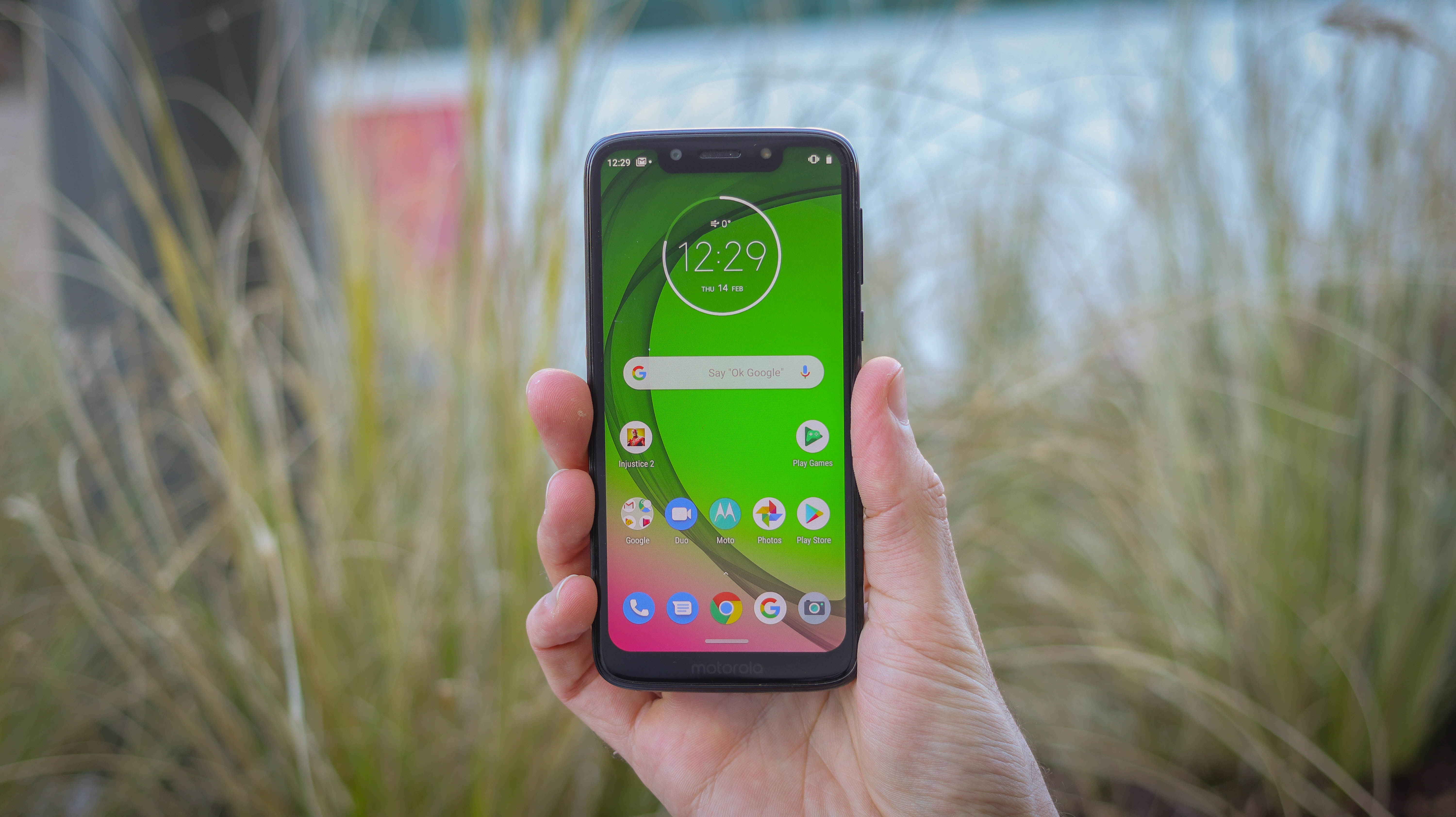TechRadar Verdict
You’re getting exactly what you pay for with the Vodafone Smart V10 – Vodafone has cut so many corners in its phone that the result is basically a circle, but it’s a great circle, and it does everything you’d want your circle to do at this price.
Pros
- +
Very affordable
- +
Headphone jack
- +
Fairly solid body
Cons
- -
Can’t connect to 5GHz Wi-Fi
- -
Not amazing screen quality
- -
Micro USB only
Why you can trust TechRadar
Every telecom company has its own range of truly budget smartphones for people who don’t need five rear cameras or cutting-edge chipsets, and the Smart V10 is Vodafone’s latest entry into the crowded field.
If you’re new to Vodafone’s smartphones, the order can get a little confusing – there’s no V9, but there is a Smart N9 that’s similar in a few ways and which came out in 2018, and definitely don’t confuse it with the S10, which is in fact a premium Samsung smartphone!
In fact, get all notion of ‘premium’ out of your head, because the Vodafone Smart V10 is anything but. It has got one of the lowest price tags you can find for such a device, and specs and features to match, which is to say it’s undeniably low-end.
To figure out if it’s too low-end, or if the corners that Vodafone cut to make the phone cheap weren’t even necessary corners in the first place, we’ve spent some time with the device.
Price and availability

You can only buy the Vodafone Smart V10 from Vodafone (which should go without saying), and you can get it as part of a contract or pay-as-you-go.
If you buy the device on its own, without a contract, it will set you back £105, which is a tiny bit less than the Smart N9 launched at, and a lot cheaper than most other budget competitors like the Moto G7 Play.
You can pick up the Vodafone Smart V10 in store and on Vodafone’s website.
Sign up for breaking news, reviews, opinion, top tech deals, and more.
Design and display
You’re getting a 5.9-inch display on the Vodafone Smart V10, which is definitely nothing to turn your nose up at, as it’s a touch bigger than Apple’s iPhone XS. It’s not massive though, so if the ever-increasing screen sizes of each new generation of phones puts you off, this is the device for you.
The screen is LCD – that’s understandable given the Smart V10’s budget status, as LCD is often a little lower in quality. Typically this kind of display has decent brightness though, making it good for outdoor use, but in this case we found the max brightness of the handset rather low.

You’re also not getting a great resolution, at 720 x 1560, but that’s just a result of the low price. Content viewed on the phone didn’t look too low-quality though, so this sacrifice will only really be felt by people who are very particular about their screen quality.
Something that’s surprising for a budget phone is its high screen-to-body ratio – thanks to the rather slim ‘teardrop’ notch, and rather limited bezel (although the chin is a little thick), the screen takes up much of the phone’s size, and at 151.3 x 69.9 x 8.2mm the handset isn’t that big.
It’s a fairly light phone too, at 145g, so it’s not going to be a burden to hold or use. This phone is definitely designed for someone who only wants a small, light handset that they won’t need that much power from.
The back of the Vodafone Smart V10 is plastic, which leaves it feeling a little fragile to hold. While we didn’t manage to permanently damage the phone during our time with it, we frequently felt like we needed to be more cautious around it than we would be with a different device.

If you’re a fan of the 3.5mm headphone jack, you can rejoice, because it’s here on the Vodafone Smart V10, albeit on the top of the device, which some users find to be an annoying place to put the jack. There’s also a volume rocker and power button on the right of the frame, and a micro USB port on the bottom edge.
The micro USB port may be enough to drive some people away from the Smart V10 – it’s an antiquated input that has long been replaced by USB-C, and it makes charging and transferring data a lot slower. Still, if you’re going to see it on any new phone, it will be a budget phone, so Vodafone gets a pass more than if a company like Apple or Samsung tried to pull this.

Camera
The Vodafone Smart V10 has a 13MP main camera joined by a 5MP secondary snapper on the back – Vodafone doesn’t say what the latter does, but it seems to be a depth sensor for improved portrait shots.
We say this because, for a budget smartphone, autofocus was surprisingly snappy. When we turned on Portrait mode, the device could recognise a subject and blur the background with relative ease (although certain backgrounds and subjects did confuse it a little).
In general, though, the picture quality was just fine. Colours are captured adequately, and photos are bright enough, but in both regards you’re not getting anything special.
Thanks to the 13MP lens, the resolution is fairly low – zoom in on any snap and you can quickly see the pixels. The camera zoom has the same effect – although the max zoom is rather limited, so you won’t notice this too much.
Low-light photography is something you might find yourself avoiding with the Smart V10 – the pictures we took at night ended up looking rather grainy, with a distinct yellow hue.

But then again, this is no Huawei P30 or Google Pixel 3 where you’re paying high rates for sheer photographic power, so you can’t expect award-worthy picture quality.
Once you press the shutter button in the camera app, it takes a fair few seconds to take the picture, and if you move the phone in that time you only get a blurry mess – this made it quite annoying to take pictures, especially if you’re trying to get an action shot.
Generally though, the camera app is quick and easy to use. There aren’t too many features like night shooting or a beauty mode, but that just means the app is less cluttered.
On the front of the handset there’s an 8MP selfie camera, which took surprisingly impressive snaps for a relatively weak resolution.
Portrait pictures we took had adequate background blur, and were quite bright too, although the colours were perhaps a little more muted than we’d like. Of course, you’re not getting the high-quality selfies you’d get with something like the Google Pixel 3, but the resulting images were perfectly adequate to share on social media.
Overall, we were rather impressed by the selfie power you’re getting for the budget price, but pictures taken on the main, rear cameras, won’t exactly blow you away.
Camera samples

It feels like this image is a little too dark, and it's rather grainy too

The greens are a little muted here, but otherwise it's a fine picture

Taken from the front-facing camera, this selfie is... well, fine.

This image is a little too dark in places.
Battery life
Inside the Vodafone Smart V10 you’ll find a 3,400mAh battery, which is fairly average for any smartphone, but thanks to the weaker screen and chipset, the battery lasts for a long time.
The smartphone easily lasted for a day of heavy use, and sometimes even got to two days of moderate to heavy use before having to be recharged. If you’re only a light phone user, the handset will last even longer for you, so all in all the device has great battery life.
When we put the handset through our battery test, which consists of playing a 90-minute video at max brightness from 100% charge, the phone dropped to 82%. That's an okay amount for a budget handset, and while it means you won't be able to watch loads of media over a long flight, you shouldn't have trouble in a day-to-day setting.
As previously mentioned, the Vodafone Smart V10 has a micro USB port – that means charging up the phone takes a long time relative to the battery size, and we wish Vodafone would have gone with the much-more-contemporary USB-C and equipped the phone with fast charging skills.
Performance and features
For a super-low-budget smartphone, the Vodafone Smart V10 is surprisingly snappy to use, and we were impressed by the fact we could barely tell its low price tag.
The handset uses a Snapdragon 429 chipset, which is a decidedly budget (but still decent) processor, and has 3GB of RAM, so it won’t set the world on fire, but you won’t feel like it’s too slow either.

The operating system (OS) of the phone is Android 9, which at the time of writing is the most modern of Google’s mobile operating systems, and the phone should get years of security patches and hopefully also software updates. It has features like adaptive brightness, so your screen brightness is always appropriate for the context, and smart battery to keep the power on longer.
There is one major problem with the Vodafone Smart V10, though, in that when it comes to Wi-Fi it only supports 2.4GHz, not 5GHz. This means you’re locked out of using the quicker and more reliable band, which means Wi-Fi is a little less appealing to use for connection and also that, if like us, you only have 5GHz Wi-Fi, you won’t be able to get a Wi-Fi connection at all.
If you can happily exist on 2.4GHz internet, you won’t have as bad a time with the Smart V10. Media streamed on it looks fairly decent, and the slightly sub-par display isn’t enough to distract you if you’re streaming a gripping film or series.
Gaming on the Smart V10 was a pleasant surprise, as relatively high-end games ran quicker, and with better graphics, than we were expecting. There were the occasional stutters and lags, especially when gaming online, but nothing that made us want to stop playing, and it’s rare to have this kind of gaming power for only £100.

You’ll only be able to fit so many games on, thanks to the relatively limited 32GB storage space, but there’s a microSD slot that lets you expand to up to 256GB.
The handset shows its value a little more when you play music over the speakers, though, as the max volume is rather limited and there’s not much dynamic range, especially when it comes to bass. The speakers are fine for calls and voice notes, but we quickly learnt not to play music from them.
When we put the Vodafone Smart V10 through a benchmark test, it returned a multi-core score of 2439, which goes to show its budget status, as that's a very low result.
Verdict
Is the Vodafone Smart V10 going to stand on its own against mid-range or premium smartphones? No, of course not, with its relatively weak display, micro USB port, limited camera ability and connection issues, this phone is certainly not for people who need the latest and greatest smartphone.
But then again you’re paying a mere £100, which is an incredible price given the amount of value it gives you. That makes it roughly a tenth of the price of a new iPhone XS, and is it only a tenth as good? No, it’s much better than that.
So if you’re in the market for a new smartphone, and want something that’s pretty decent without breaking the bank, you won’t go wrong with the Smart V10 – as long as you’re on Vodafone, of course.
Competition
Moto G7 Play

Motorola is a reliable, affordable smartphone maker, and the G7 Play is the cheapest of its newest range of devices. It has got fair battery life, a decent chipset, and you could do a lot worse than its display. All that, for a phone that’s just under £150.
Read our in-depth Moto G7 Play review
Nokia 6.1

As well as Motorola, Nokia is a budget phone champion, and the Nokia 6.1 is one of the most affordable (yet quality) handsets out there right now. It has an attractive body design, 1080p screen, and provides a solid gaming experience too.
Read our in-depth Nokia 6.1 review
EE Hawk

Not on Vodafone? The EE Hawk is for phone users on – you guessed it – EE, who want a value phone like the V10 Smart. It’s a little pricier than the V10 Smart at £150, but has many features in common like a medium quality screen, solid build, and 13MP main camera.
Read our in-depth EE Hawk review

Tom Bedford joined TechRadar in early 2019 as a staff writer, and left the team as deputy phones editor in late 2022 to work for entertainment site (and TR sister-site) What To Watch. He continues to contribute on a freelance basis for several sections including phones, audio and fitness.
